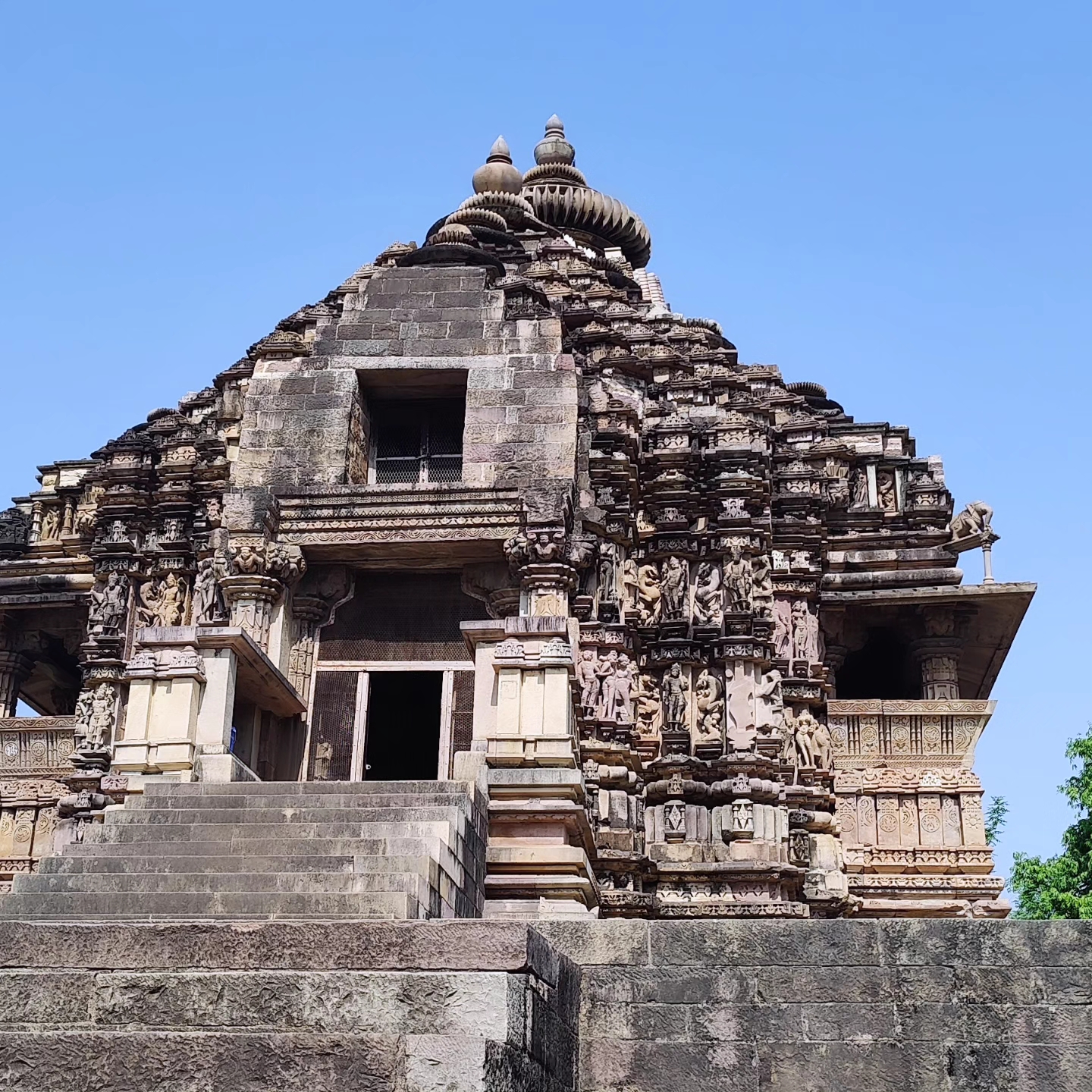TRIP TO KHAJURAHO.
Khajuraho is known for its ornate temples that are among the most beautiful medieval monuments in the country. These temples were built by the Chandella rulers between AD 900 and 1130. The first recorded mention of the Khajuraho temples is in the accounts of Abu Rihan al Biruni (AD 1022) and the Arab traveller Ibn Battuta (AD 1335).
Local tradition lists 85 temples in Khajuraho, out of which only 25 survive in various stages of preservation. But for the temples of Chausath-yogini, Lalguan-Mahadeva and Brahma, which are constructed of granite, the other temples are built of fine-grained sandstone of varying shades.
The Khajuraho group of temples has been inscribed on the World Heritage list for their 'outstanding universal value' and 'human creative genius'. To make this important destination more tourist friendly and to give emphasis to the sustained development of the environment, a large tract of vacant land has been acquired for setting up an interpretation centre and for facilitating a better visitor movement plan. Effective signage and landscaping is a part of the new Master Plan, along with modern public conveniences. Archaeological excavations of the ancient mounds to unravel the hidden history of the site will also be taken up on a large-scale.
Khajuraho is one of the few sites in India where a large number of loose sculptures of different pantheons have been found. A state-of-the-art museum is being planned at a site close to the Western Group of temples.
With the implementation of the above programmes, Khajuraho will develop into a great hub of activity, incorporating elements of culture, tou ism and clean civic life. Our overall endeavour is to ensure that the tourist to India should get physically invigorated, mentally rejuvenated, culturally enriched and spiritually elevated and, on his return to his country, should feel India within him.




